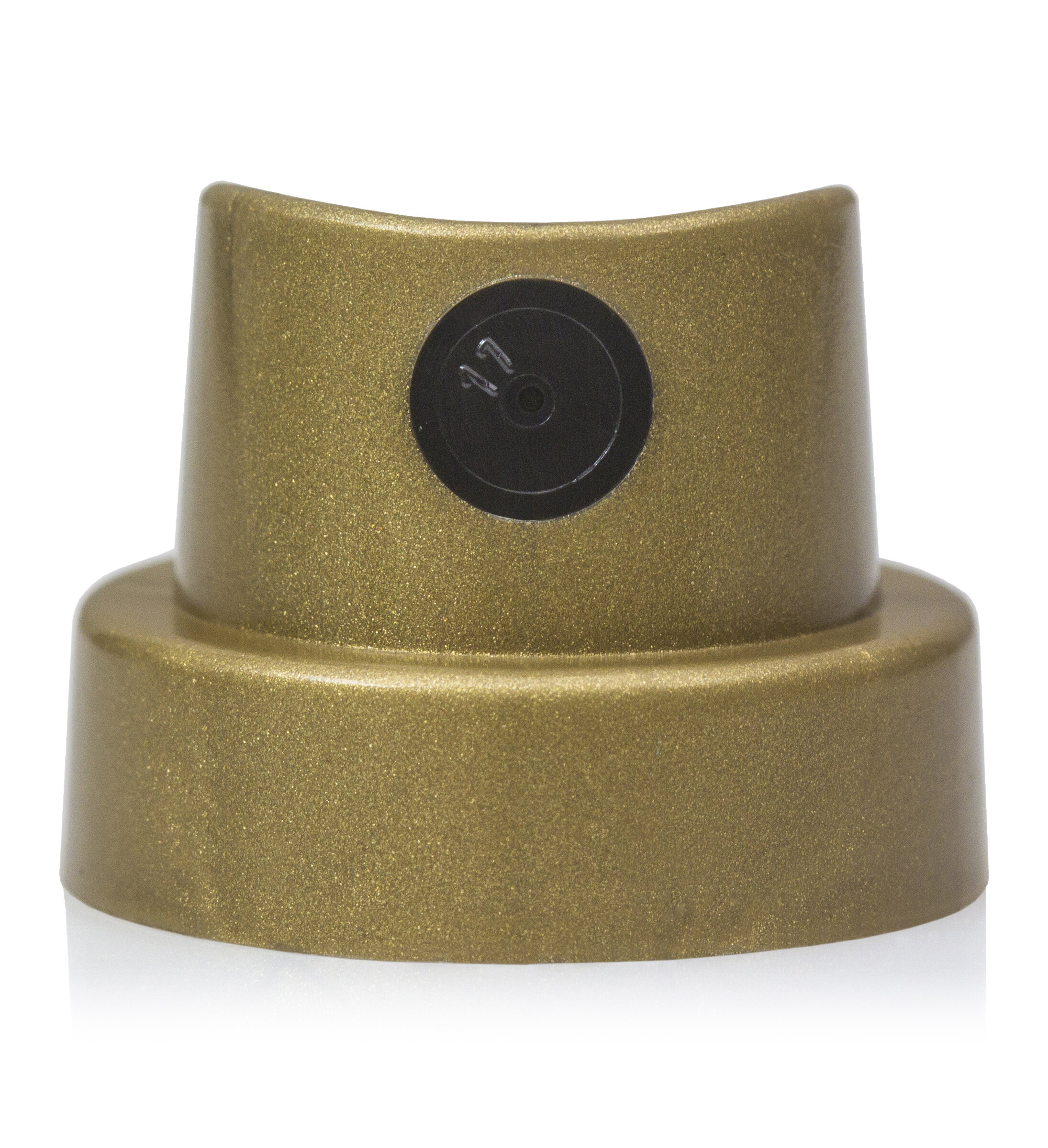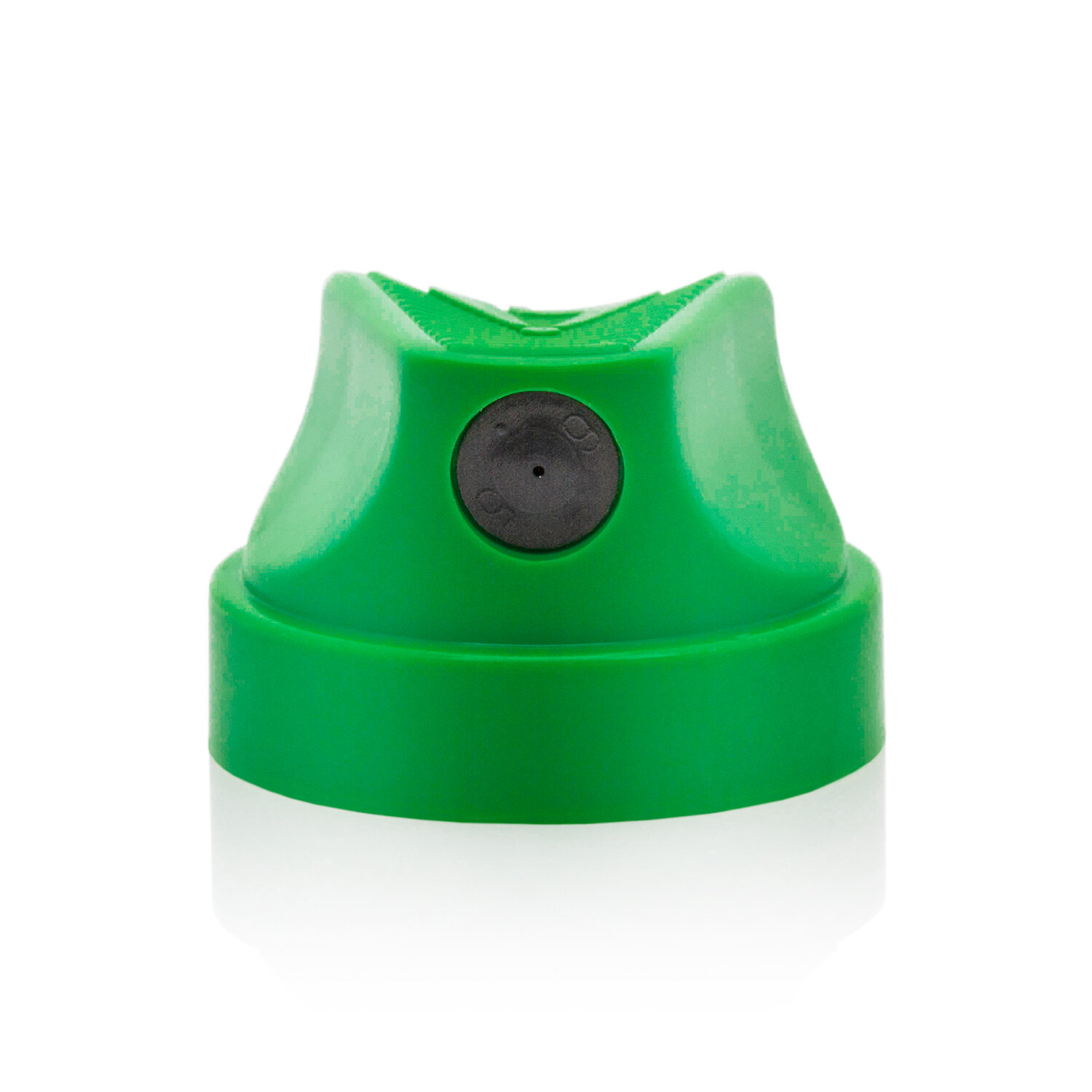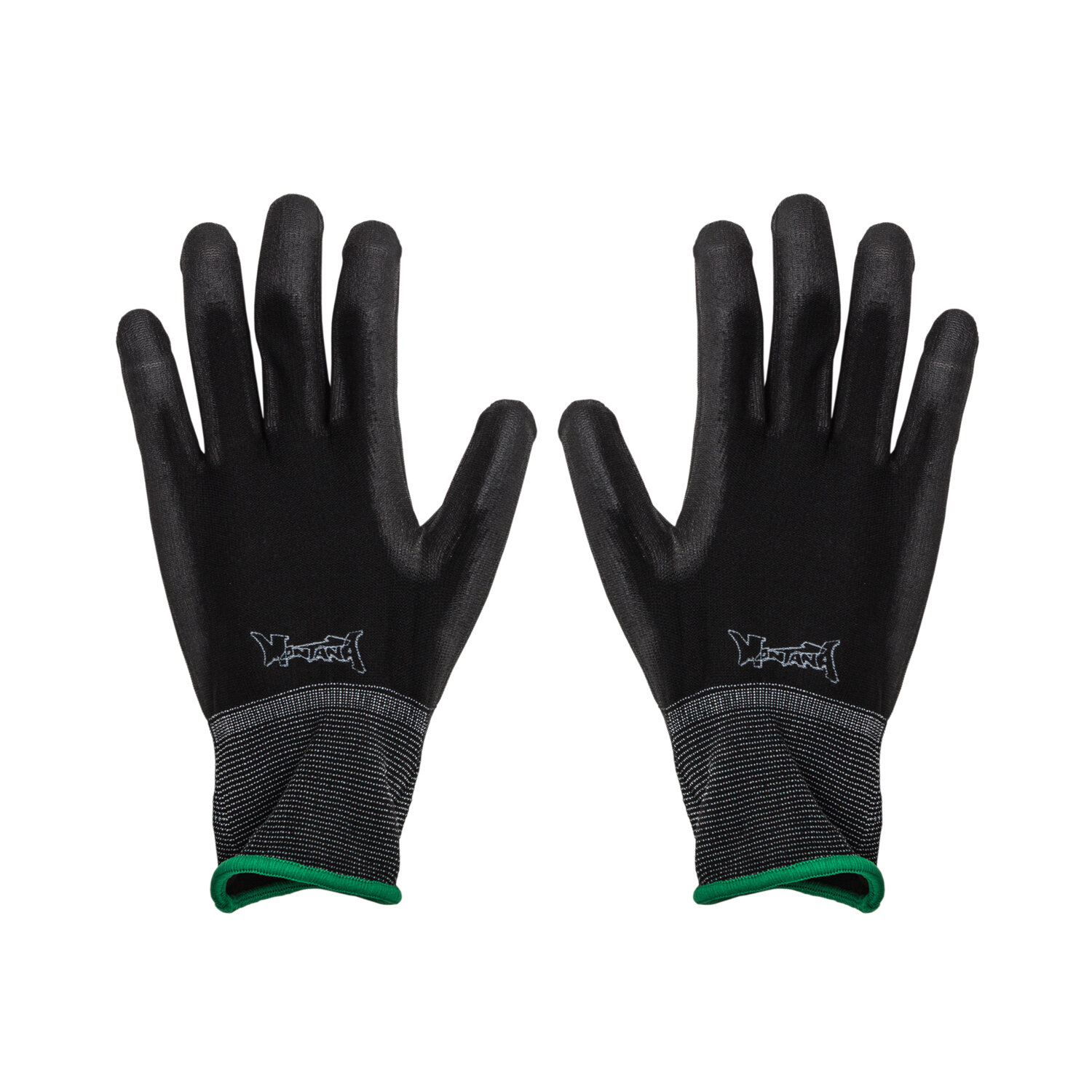Street art has a long and controversial history, but in recent years it has evolved and been reinvented as a high art form. The earliest expressions of street art were certainly the graffiti which started showing up on the sides of train cars and walls in the 1920s and 1930s New York. The impact of this subversive culture was extraordinarily felt in the 1970s and 1980s.
In Lodz, Poland by Eduardo Kobra
One of the earliest forms of graffiti was “tagging,” or the use of elaborate typography to encode the painter’s name on the sides of buildings, subways or cars. Many taggers would use permanent markers on subway trains at first, and moved to spray paint as their styles became more complex.
Artwork by @mooz.one
This evolution in tagging led to the “Style Wars” of the 1970’s, which is where the crafted, beautiful graffiti we know today began to emerge.
Artwork by @nme_graffiti
Artists began pushing their skills and saying more with their art than just their names. this formed an entire artistic subculture surrounding graffiti that led to a creative community of artists working together. This cultural movement was recorded in the book The History of American Graffiti, by Roger Gastman and Caleb Neelon. These decades were a significant turning point in the history of street art.
The History of American Graffiti, by Roger Gastman and Caleb Neelon
The evolution of street art became evident through such artists as Banksy, who transformed views of this art form with his documentary Exit through the gift shop. With the emergence of artists such Vhils or BLU, street art became a ground for experimenting with different kinds of methodology. From the beginning, this art form was meant to be transgressive: in a world dominated by global branding, graffiti alienated the power of commercialism and government infrastructure.
Artwork by Fintan Magee
Street art was often viewed negatively by politicians and more affluent communities because it was associated with gang culture, but the artwork served as a way for disenfranchised groups of citizens to express their dissatisfaction with society. Street art gave birth to artists who create breathtaking murals, and those who have incorporated video art and other performative aspects to creative work 'on the streets'. Street art was also closely tied to hip hop culture. As such, many of the artists began working in New York, but the medium rapidly expanded to urban centers across the United States.
In the beginning of the 21st, street art has evolved into complex interdisciplinary forms of artistic expression. From graffiti, stencils, prints and murals, through large-scale paintings and projects of artistic collaboration, to street installations, as well as performative and video art, it is very much safe to say that street art has found it’s way into the core of contemporary art.
At Auroville Kuilapalayam Pondicherry, artwork by A-KILL
As graffiti spread beyond New York City, each city developed their own hometown heroes. From its humble beginnings, graffiti evolved in several directions: some artists began using stencils to create more elaborate works including portraits and landscapes, while others continued using spray paint to put up murals around their cities. While still divisive in its treatment of urban architecture, street art has nonetheless become an economically viable form of art.
Street Art in India
Artwork by Mels
The practice of painting in public and communal spaces is an old one in India. The oldest evidence of mural making comes from the Buddhist cave painting in Ajanta, Maharashtra. Cultural marking of the streets has long prevalence in all regions of the country, urban and semi urban.
The mode of expression and manifestations have been quite unique, for example, hand painted Bollywood posters, typographic signboards, truck art, slogans, images of gods painted along sidewalks.
MTNL office, Bandra
Many street art festivals are being organised across the country like those by Ladies First Street Art, St+art India Foundation, Delhi street art and Shillong Street art festival (April 2018). Most organisers of street art festivals or mural festivals have asserted their aim to take art out of the gallery space to take it to the people.
Amitabh Bachchan mural by BAP (Bollywood Art Project)
We sponsored Ladies First, India’s Graffiti team along with Montana Cans.
We had a Graffiti Jam at our store in association with Montana Cans in 2019. India’s top Graffiti artists were invited for this event to paint in our store at Kala Ghoda. We had music, dance and graffiti artists transforming walls into a great piece of art. Here’s the video you can check it out!
























